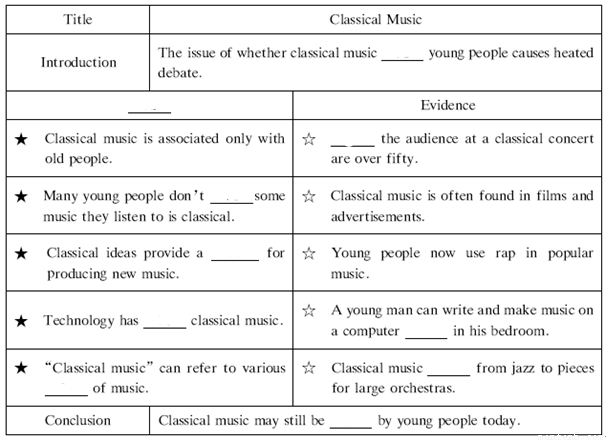题目内容
Coffee is one of the most popular drinks throughout the world today. In fact, according to some estimates, over 30% of all adults in the world drink coffee at least once a day on the average. Coffee contains a kind of drug called caffeine. Caffeine is a chemical that stimulates (刺激) the nerves of the body. Drinking coffee tends to make people a little bit more awake―at least for a short time―because of this stimulating effect on the nervous system. A cup of coffee has, on the average, about 3% caffeine in it.
One story of the discovery of the coffee plant relates to this effect of caffeine. According to the story, coffee was discovered in East Africa. The story says that coffee was first found by a goat farmer named Kaldi. This was about the year 850. Kaldi was leading his animals through the mountains and the goats were stopping repeatedly to eat the plants near the path. Suddenly, some of the goats started jumping up and down in a very strange way. Kaldi figured out that the goats were acting this way because of the plants they were eating. Kaldi himself tried eating some of the green beans (豆荚) that the goats had been eating. He, too, felt the stimulating effect of the beans. Kaldi wanted to prove what had happened, so he picked some of the beans and took them back to the village, where he told his story.
The green bean got the name "Kaffa" and later "coffee" because the beans were discovered in a place called Kaffa in Africa. Then for years, people used to eat a few of the green Kaffa beans when they were in the mountains and needed extra energy to do their work. It was later found that the coffee beans could be picked and then dried until they turned brown, and then they could be stored. If the beans were dried and stored, they could be used at any time.
1.What is the purpose of drinking coffee?
A. To become more awake. B. To become more healthy.
C. To become more happy. D. To become more clever.
2.How did the goats react after eating the plants?
A. They fell asleep.
B. They could not find their way home.
C. They started jumping up and down.
D. They wanted to eat more.
3.Why did the green bean get the name "Kaffa"?
A. Because Kaldi loved his home village very much.
B. Because Kaldi's goats loved the green bean very much.
C. Because the beans were discovered in a place by this name.
D. Because the beans could be picked and dried.
1.A
2.C
3.C
【解析】
试题分析:本文为我们介绍了咖啡豆。通过一个牧羊人的故事为我们讲述了咖啡豆名字的起源及其产地和作用。
1.理解题。从第一段中“Drinking coffee tends to make people a little bit more awake”中可以看出咖啡豆的作用是使人变得清醒,故选A。
2.细节理解题。从文中第二段中“Suddenly, some of the goats started jumping up and down in a very strange way.”可以看出吃了这种植物后,一些羊开始以很奇怪的方式的跳上跳下,故选C。
3.细节理解题。从最后一段第一句“The green bean got the name "Kaffa" and later "coffee" because the beans were discovered in a place called Kaffa in Africa.”可知,这种青豆开始叫“Kaffa”后来变为“咖啡”是因为它是在非洲一个叫Kaffa的地方被发现的,故选C。
考点:事物说明类阅读

